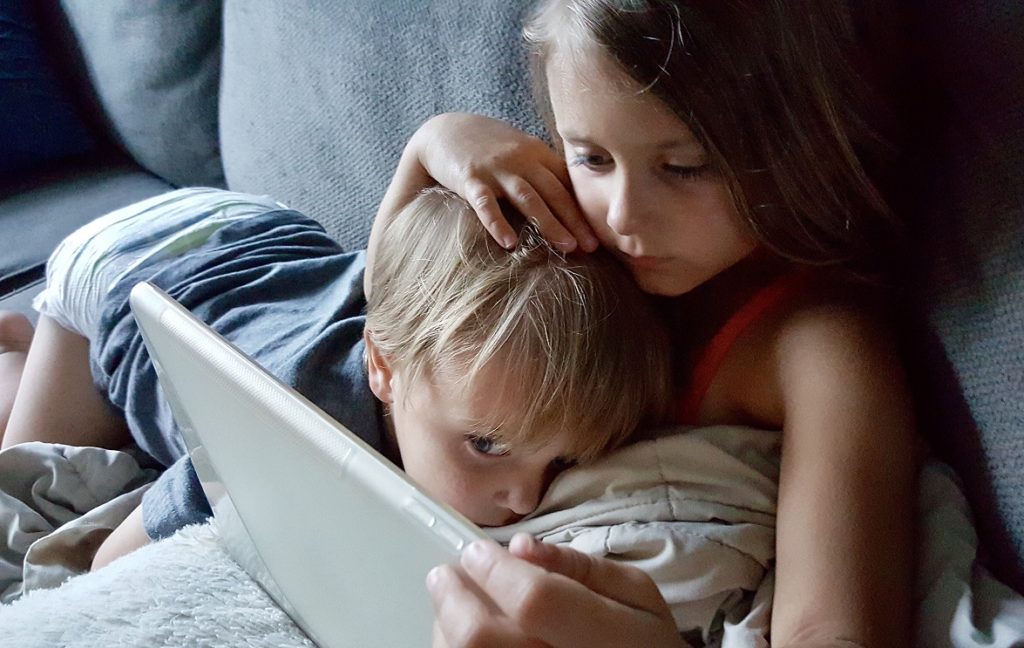Some Facts About Siblings in Care
- Research suggests that up to 80% of children are separated from brothers and sisters when they come into care.
- Contact between siblings does not always take place
- When it does take place, it is not always good enough to promote the relationship
- It is not uncommon for siblings to have no contact until they leave care
- Some are adopted without any arrangements for contact
The Sibling relationship
Beckett (2018) described the sibling relationship as:
“Brothers and sisters who share a childhood and grow up together have potentially the longest lasting, and one of the closest relationships of their lives with each other. In common with all relationships, sibling relationships have enormous capacity for shared understanding and activity, can stimulate warmth, care and joy, and can help sustain children and adults through distressing times. They also have the potential to be undermining, driven by conflict and marred by other difficulties.”
“Whilst these qualities are evident in most relationships, there are also differences and unique aspects of sibling interactions that are important to understand, think about and address when working with looked after children. Even when a child has never lived with his or her siblings, the significance of the relationship may be keenly felt during childhood with a sense “what might have been” stretching into adult life.”
“… Practice should stem from a rights based and child centred approach wherein children’s relationships with their brothers and sisters is valued and accorded priority alongside each child’s individual needs … sibling relationships always need to be carefully considered and we should be rigorous in making plans that not only recognise the current sibling relationships but also their capacity for change during their childhood and beyond,” Beckett, 2018, p.1 & 7).”
There is a mass of evidence in research to show the considerable impact of neglect and abuse on child development. This can additionally impact the development of sibling relationships and lead to a decision for siblings to be separated, in order for their individual needs to be addressed. If a child has not formed a secure attachment to their care giver, and has experienced trauma, they need to be able to recover from this before a difficult sibling relationship can improve.
Care Proceedings aim to conclude within 26 weeks and this gives little time for the process of repairing a relationship that has never been healthy. It is one thing to deprive an abusive parent of their Human Rights to a family life but what about the rights of their children? If a child shows a capacity to develop a new and secure attachment to a long-term foster carer or an adoptive parent, can they not also have the capacity to repair a fractured sibling relationship?
So, what can we do?
As Social Workers we aspire to nurture the parent and child relationship, which in turn, leads to better outcomes for children. By approaching the assessment of siblings with the same aspirations, we can achieve much more for these children. Hasty and resource led decisions about children living separately from their siblings can have long-reaching implication that can merely add to the child’s trauma and their ability to make a successful transition into their adult lives years down the line.
There are choices that we can make as practitioners about the ways in which children living apart can be supported to maintain or develop relationships with siblings. There is a clear need to go beyond the decision for ‘together or apart’, to look beyond sibling rivalry and individual needs, and to consider these relationships from the perspective of trauma-informed practice. This is a unique relationship that can assist in the recovery process for children. Shared experiences offer an understanding that no therapist could give a child and these relationships can often be key to overcoming those experiences.
Advanced Child Care Assessments undertake assessments that avoid the ‘all or nothing’ choices and planning decisions and focus on a ‘sibling-friendly’ service. We recognise the significance of our decisions and when that decision is to separate siblings, we look to ways that will continue to nurture those connections through meaningful contact.



